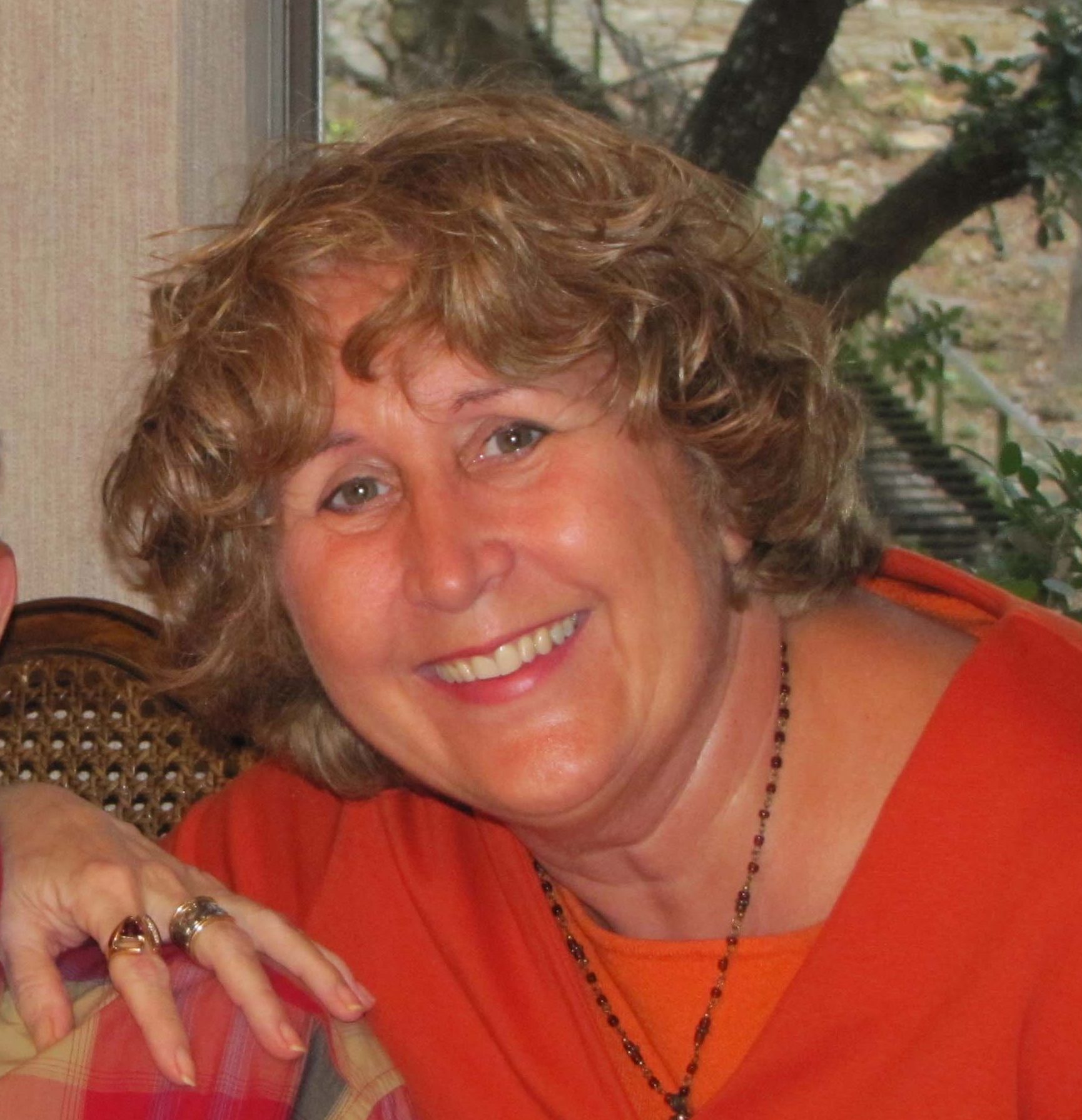The other day I heard a man say that when he came home his young daughter screamed, “Close the door! The Corona virus is out there!”
We have all been overexposed to fear lately. Daily reports of new cases and death tolls, ever-changing prohibitive warnings, (first pertaining to the threat of the virus, then the added threat of economic collapse), all feed into our angst. People are divided on what poses the greater danger, the virus, or the cure. Optimism and pessimism swing wildly in both camps. It seems that even the experts are groping blindly with their best guess in the moment, albeit an informed guess. Informed, however missing necessary factors, variables that have yet to be known. As a result, people are doing the best they can to settle on a course of action that conceivably protects them against their own worst perceived threat. Though, sometimes they do so with a jaundiced eye and suspicion that they are being lied to, or at least manipulated, by champions of either or both camps.
To top this off, nearly all are experiencing varying degrees of loss in multiple arenas, income; choice and control over their lives; self-defining activities professionally, recreationally, and culturally; routines; civil rights; connection and social interaction; and privacy; and all this with no normal transition period. One day people are living their lives normally, then BOOM, everyone scrambles to create a new semblance of normalcy with a dreadful sense that missing something puts them in peril, though they do not know what they could be missing. Quite disconcerting. Only disasters bring this kind of rapid transition, and disasters do not typically occur nationwide simultaneously. Nor does the ongoing uncertainty and threat of future danger usually last for months afterwards.
The emotional push back on these abnormal circumstances is episodic and sometimes chronic anger and fear. Both these emotions occur because our amygdala, the fear center of the brain, has interpreted danger and has set into motion the fight or flight response. When the associated adrenaline and cortisol flood the system, the brain undergoes change. One of these changes is a sense of certainty that one is right. This makes evolutionary sense. One cannot equivocate whether it is a shark or a dolphin; one simply must get out of the water as quickly as possible. This is not a compassionate brain. This is a survival brain. This brain does not care about relationships.
But true certainty is not possible at this point. No one knows, in full detail, the nature of this virus, how long we will be threatened by it, or how a lengthy shutting down of the economy will affect our long term well-being, both in the US and the world. Certainty will come, retrospectively, and then only with honest, unbiased assessment. In the meantime, how do we keep our sanity and our humanity? The way we always have in crisis situations, by staying calm, being courageous, and keeping resilient.
Stay calm:
“Calmness is the cradle of power.” Josiah Gilbert Holland
“Whenever something bad happens, keep calm, take a few breaths, and shift the focus to something positive.” Roy T. Bennett
“Everything you ever wanted is on the other side of fear.” George Addair
Staying calm will help you make better decisions. Without an influx of adrenaline, you can perceive the larger picture, both broader and further into the future. This is because, once adrenaline has been released, your brain does not allow you to focus on anything other than the perceived threat.
How to stay calm –
- Use tactical breathing. When people are angry or anxious, they automatically breath shallowly. This sends the message to the brain that there is danger in a feedback loop that increases anxiety. Deep breathing disrupts that loop.
How to do tactical breathing:
- Take a breath to the count of four.
- Hold it for a count of four.
- Exhale to the count of four.
- Hold the empty state for a count of four.
- Challenge your thoughts. When you feed your amygdala alarming thoughts, you trigger the fight or flight response. So, be mindful of what you say to yourself. Look for cognitive distortions. The human brain is plastic enough to rewire by intentionally changing one’s thoughts, thus changing one’s emotions. Examples of cognitive distortions:
-
- Are you imagining worst case scenarios? Catastrophizing? Your amygdala will react to whatever you tell it. Even if you unintentionally inflate the danger, your brain will undergo all the changes associated with adrenaline, including the tendency to ruminate about the danger.
- Are you asking yourself, “What if?” Worry has a purpose, to guide you into making a plan. But, no one can answer all the “what if’s” accurately, and so you are frightening yourself with multiple threatening possibilities. Better to reflect on what is in the present than on “what if.”
- Are you wasting your energy blaming? Blaming is a futile endeavor. It just makes one angry and solves nothing.
- Are you “shoulding” all over others? “Shoulds” are nothing more that imposing your values and needs on others who may very well have different values and needs. Again, leading to anger and frustration.
- Mindfully focus on how your body is responding to the emotions of anger and fear. Instead of focusing on your thoughts, which can lead you down a fight or flight bunny trail, focus on your body sensations. Do a body scan from the top of your head to your feet, noticing any unusual sensations, tightness, or tension. Once you locate the body-felt sense of your emotion, note the details of the sensation. Is there pressure, pain, movement, tightness, heat, heaviness, etc.? As you maintain focus on the body, the somatic sensations will pass.
Embraced emotions can be processed through, only rejected emotions become problematic long term. Also, noticing the body makes you aware of the present, and the actual present is usually not as scary as the imagined future.
- Take a mental vacation. Visualize yourself being calm. Think of a time when you felt tranquil, perhaps at the beach. Use your five senses when you visualize. What do you see, hear, feel, smell, and taste? Take time in the elaborating on detail; that is where the beauty lies. Notice where you feel the pleasant sensation of experiencing calm in your body and enjoy the feeling.
- Exercise to release emotional energy. The fight or flight response is preparing you to move your body. So, moving your body is following through with the amygdala’s instructions. In addition, exercise produces serotonin, a neurotransmitter that helps regulate mood and social behavior. Adrenaline production cannot coexist with serotonin production, so your body steps down into a more relaxed and calm state when you exercise.
- Mindfulness meditation changes your brain, giving you expanded awareness of your emotional reactions to internal and external triggers along with increased ability to refocus your thoughts to a more positive course. Research shows that mindfulness meditation reduces stress by reducing interleukin-6, an inflammatory health biomarker, thus improving the executive functioning of your pre-frontal cortex. This allows you to make decisions about your thinking, begetting proactive instead of reactive thinking, allowing for more calming thoughts.
- If nothing else, thinking grateful thoughts directs attention away from fearful and angry thoughts. But it also changes your brain by producing more dopamine, a chemical messenger that enables us to feel pleasure, think clearly and calmly, and plan.
- Go on a news diet. Social networks, television news shows, YouTube programs, radio shows, etc., typically present one side or the other of this issue as correct, not addressing the common ground. But ratings rely on you returning for more, so shows are designed to trigger your alarm system by creating an enemy, i.e. demonizing those whose thoughts are not aligned with the host of the show. Adrenalin changes the brain causing it to focus on the danger to the exclusion of everything else. You keep coming back for more because it feels like you must have the latest information to be safe.
But, contrary to what is being depicted in the media, no one wants to stagnate. No one wants to succumb to illness, lose his or her life, or be responsible for others losing theirs. Neither does anyone want to lose their way of life and everything they have worked for. While the media might be warning you of the carelessness of others, just know that it is their job to ring warning bells, the louder the better. If you want to stay calm, once you have received the latest news, turn off electronics and do something enjoyable.
- If you must worry, practice controlled-worrying. Set aside a designated time to worry. If worries come at other times of the day, set them aside to focus on during your worry time.
Be courageous:
“Courage is the most important of all the virtues because without courage you can’t practice any other virtue consistently.” Maya Angelou
“Courage is what it takes to stand up and speak. Courage is also what it takes to sit down and listen.” Winston Churchill
“Courage is not the absence of fear, but rather the judgement that something else is more important than fear.” Ambrose Redmoon
Following the shelter in place restrictions requires courage, especially when you risk losing all. Those who are doing so believe that sheltering in place will protect lives, their own, their loved ones, and other’s. This is courageous and altruistic.
Opening the economy by going back to work and risk getting exposed to the Corona virus also requires courage. Those who do so believe that they are helping their country recover from this tremendous blow, and they fear more death in the future due to unexpected consequences of sheltering in place. This is courageous and altruistic as well.
It is important to listen to each other, though these points of view seem diametrically opposed. There is power in the inherent vulnerability of opening one’s mind to each other. Granted, it is intimidating to give ground when we believe that our own position protects ourselves and those we love. But, by establishing a discourse, embracing the truth of opposing perspectives, we can develop an appreciation for the value of each and synthesize a course of action that considers the needs of both.
For example, maintaining social distancing while incrementally moving back out into the public square encompasses both perspectives to a degree. Ideally, over time and through modification, our efforts will result in meeting the social, financial and safety needs of all. However, the debate will always be how much time and how much modification.
Politics aside, let us just remember that people who believe differently than we do are not the enemy; they are family, friends, co-workers and neighbors, and countrymen. They should not be shut down, though our amygdala tells us that giving any ground compromises our safety and wants to turn this situation into an “us or them” standoff. It is just the nature of the threat system in our brain. But as humans we can override our fear with our aware brain which holds the value system we have developed over our lifetime, values of understanding, compassion, fairness, gentleness, kindness, and caring. Others have good reasons for what they believe, and it takes courage and compassion to face our fear and just listen with a determination to come to a working solution together. We will get through this, though it would be great to do so with a minimum of collateral damage.
So be courageous and face your fears, whatever those may be. But do so humanely.
Keep resilient:
“Life is 10% of what happens to me and 90% of how I react to it.” Charles Swindell
“You become what you believe.” Oprah Winfrey
“I can be changed by what happens to me, but I refuse to be reduced by it” Maya Angelo
Resilience can be taking something difficult and translating it into a strength. Currently, resilience is to see the Covid-19 pandemic as a challenge, something to be overcome, something to be utilized for growth.
The way you perceive outward circumstance determines, in a large part, how your body responds. Your body reacts to threats by preparing to fight or flee, thus it must prioritize its energy and functioning. When you perceive the Corona virus, or anything, as a threat, digestion, reproductive and growth hormone production is suspended as is tissue repair. Your heart rate and blood pressure increase, providing your muscles with oxygen to work efficiently. In the extreme, decision-making is impaired because the amygdala has hijacked your brain seeing no need to reflect, only to react to keep yourself alive. Pupils dilate to let in more light. You become hypervigilant with heightened sensory perception. Chronic activation of the fight or flight response can lead to health issues because it is harder for your body to fight of pathogens in this state.
When you see the pandemic as a challenge to be overcome, your heart rate becomes more regular, thus efficient. Your blood vessels expand providing your pre-frontal cortex, your executive functioning center of the brain, with more oxygen. Resilience also affects your immune system, making it more efficient in fighting off disease.
The good news is that you can build your resilience, and anyone can do it. According to the Connor-Davidson Resilience scale the following characteristics are attributes of resilience which can be developed or increased:
- Having the ability to adapt to change.
- Having close and secure relationships.
- Believing that sometimes fate or God can help.
- Believing that you can deal with whatever comes.
- Reminding yourself of past successes to give you confidence for a new challenge.
- Seeing the humorous side of things.
- Believing that coping with stress will strengthen you.
- Believing that you tend to bounce back after illness or hardship
- Believing that things happen for a reason, and ultimately for your benefit
- Putting in your best effort no matter what
- Believing you can achieve your goals
- Not giving up when things look hopeless.
- Knowing where to turn for help.
- Having the ability to focus and think clearly under pressure.
- Preferring to take the lead in problem solving.
- Not being easily discouraged by failure.
- Thinking of yourself as a strong person.
- Making unpopular or difficult decisions.
- Being able to handle unpleasant feelings.
- Acting on your hunches.
- Feeling that you have a strong sense of purpose.
- Feeling in control of your life.
- Liking challenges.
- Working to attain your goals
- Taking pride in your achievements.
These resiliency attributes can be set up as cognitive and behavioral goals. Examine your thoughts and behaviors. Work on changes where needed. Get help in doing so if necessary. Growing in resiliency is an empowering and a self-fulfilling loop because having the resilience to recognize areas in which you do have control, when everything seems to be out of control, will increase resilience. The pandemic will end one day but choosing to face it with resilience today is equipping yourself for future challenges.




